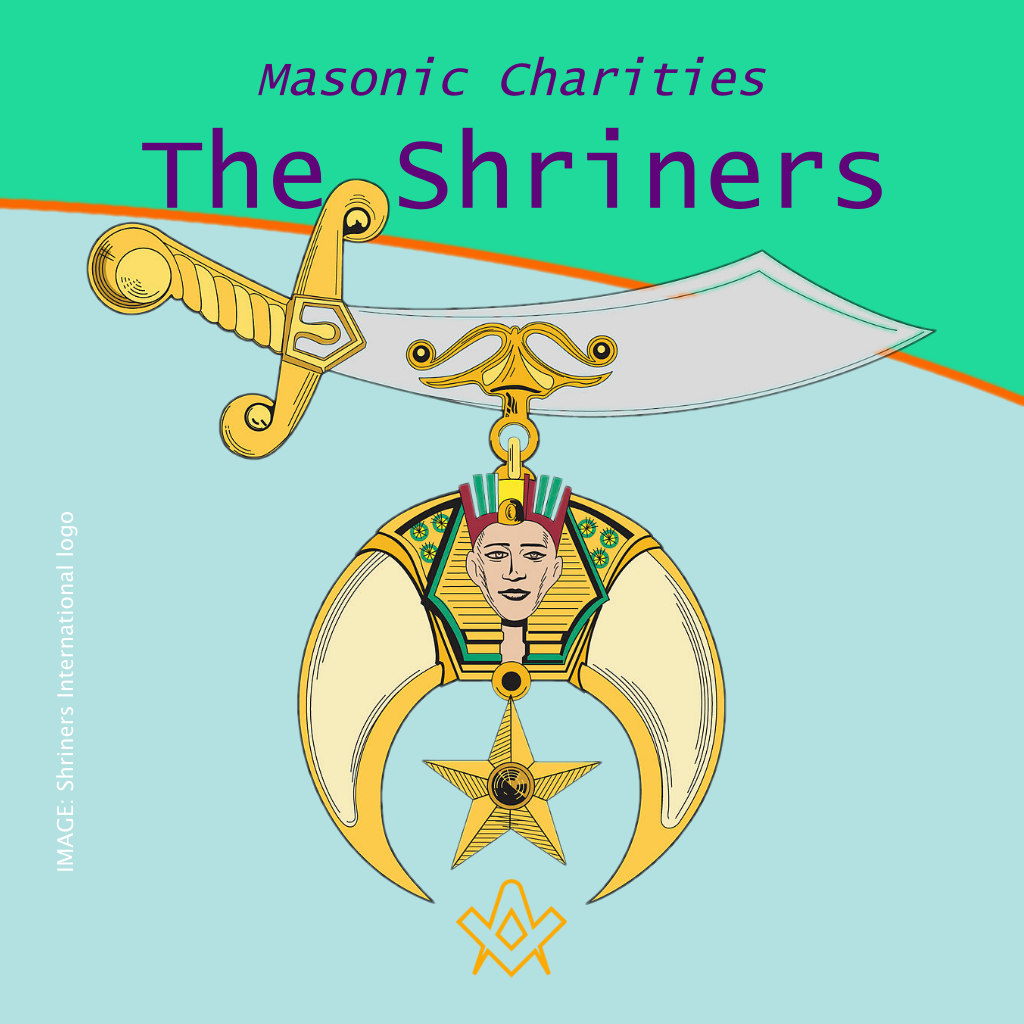The Shriners, also known as Shriners International, formerly known as the Ancient Arabic Order of the Nobles of the Mystic Shrine, is a fraternal organization that is part of the larger family of Freemasonry.
Shriners International is organized into “Temples”, which are individual chapters located in various cities around the world.
To become a Shriner, one must first become a Master Mason, and then they can choose to join the Shriners to participate in their philanthropic activities and camaraderie.
Founded in 1870, the Shriners are known for their distinctive red fez hats and their commitment to philanthropy, especially in the field of healthcare.
The history of philanthropy from the Shriners website:
During a yellow fever epidemic in Jacksonville, Florida, local Shriners and Masonic Knights Templar worked long hours to help the sick. In 1889 fraternity members came to the aid of the Johnstown, Pennsylvania, flood victims. In fact, many of the chapters were involved in some sort of charitable efforts.
In 1919, the Imperial Potentate Freeland Kendrick proposed establishing a hospital to provide medical care at no cost for children with orthopedic conditions.
A committee explored the idea and concluded there should not be just one hospital, but instead, an entire healthcare system throughout North America that provides pediatric orthopedic medical care regardless of the families’ ability to pay.
The first hospital opened in Shreveport, Louisiana, in 1922.
The organization’s primary focus is on supporting Shriners Hospitals for Children. The hospitals are a network of specialized paediatric medical centres, providing advanced medical care, rehabilitation, and research for children with orthopaedic conditions, burn injuries, spinal cord injuries, and cleft lip and palate conditions, amongst others.
One of the most remarkable aspects of Shriners Hospitals is that they provide care to children regardless of their parents or guardians ability to pay.
The Shriners International state that “what began as one hospital is now a world-renowned health care system with permanent locations in three countries and additional patient connections through outreach clinics and telehealth sites around the world”.
Headquartered in Tampa, Florida, the hospitals are owned and operated by Shriners International. Patients are not required to have any familial affiliation with the Shriners Order, nor Freemasonry.
Read more about the Shriners history here: shrinersinternational.org
Shriners Parades and Fund Raising Events
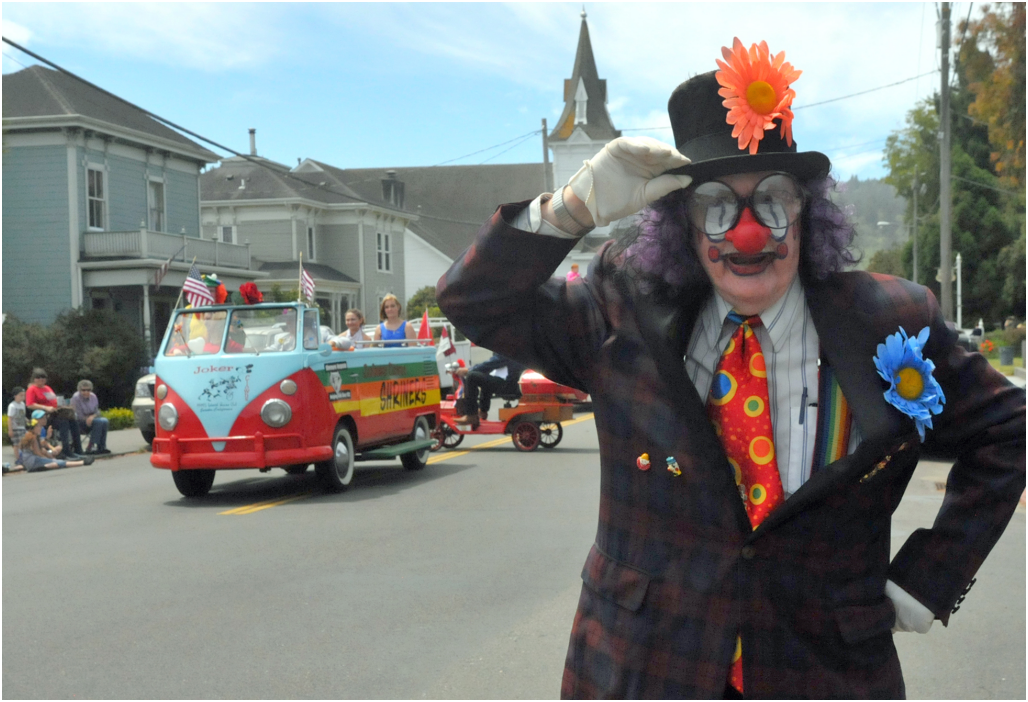
Shriner Parade – A Shriner clown posing in front of their rainbow VW van, at the Fourth of July Parade in Ferndale, California on 4 July 2016
IMAGE LINKED: wikimedia Attribution 4.0 International (CC BY 4.0)
Shriners parades are colourful and festive processions organized by local chapters. The parades are popular events that showcase the camaraderie, philanthropy, and community involvement of the Shriners, they take place in cities and towns across the United States and other countries where Shriners chapters are active.
The parades incorporate ‘Fezzes and Fun’, and are easily recognizable by the members’ distinctive red fez hats, which are an iconic symbol of the Shriners fraternity.
Members, dressed in colourful attire, often ride in elaborate floats or march in the parade route and often feature various specialty units, each with its own unique theme and purpose.
Some of the most well-known units include the Oriental Band, which performs lively music, and the mini cars and motorcycles unit, where Shriners showcase their impressive driving skills on miniature vehicles.
While the parades are fun and entertaining, they also serve as an opportunity for the Shriners to spread awareness about their philanthropic work and the Shriners Hospitals for Children.
Many parades feature banners and signs highlighting the hospitals’ mission to fundraise, and the medical care they provide to children.
They may collect donations from spectators along the parade route or host events to raise funds for their charitable initiatives.
The events are family-oriented events, attracting people of all ages. In many cases, Shriners parades include participation from various community organizations, local businesses, schools, and marching bands, making them a vibrant celebration of community spirit.
They not only provide an entertaining spectacle for the public but also serve as a means for the Shriners to connect with their local community.
Shriners Hospitals
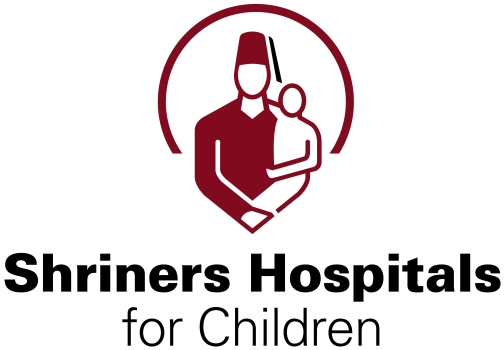
Image copyright: Shriners Hospitals for Children
Shriners Hospitals for Children is a network of non-profit medical facilities dedicated to providing specialized paediatric care to children with various medical conditions. While Shriners Hospitals for Children is a distinct organization, it operates in close collaboration with Shriners International.
Shriners, who are members of the fraternal organization, actively support the hospitals’ fundraising efforts and participate in various community events.
The hospitals offer specialized care, focussing on treating children with orthopaedic conditions, burn injuries, spinal cord injuries, and cleft lip and palate conditions.
Each hospital specializes in one or more of these areas and offers highly specialized medical care and a comprehensive range of medical services, including surgery, rehabilitation, physical and occupational therapy, prosthetics and orthotics, speech therapy, and psychological support.
They are committed to advancing medical knowledge and improving treatment outcomes for children. The hospitals and their staff actively engage in research and collaborate with other medical institutions to enhance paediatric healthcare.
One of the most remarkable aspects of Shriners Hospitals is that they provide all care and services at no cost to the patients’ families. This is made possible through the generous support of Shriners International, donations, and community fundraising efforts.
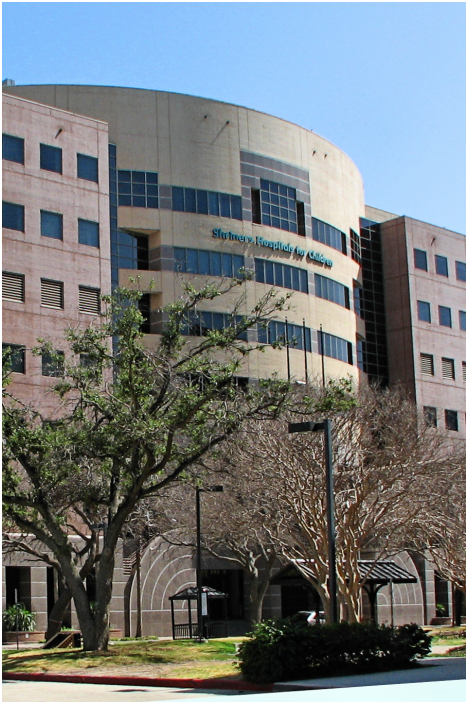
Shriners Children’s Hospital Texas Burn Center on the campus of the University of Texas Medical Branch in Galveston, Texas.
IMAGE LINKED: wikimedia Attribution 3.0 International (CC BY 3.0)
Shriners Hospitals for Children operate a network of 22 hospitals across North America. These hospitals are located in various major cities, and some are affiliated with renowned medical schools and healthcare institutions.
Women Impacting Care
Women Impacting Care, chaired by Shriners International’s First Lady JoLynn Dickins, is a thoughtful group of women donors, supporters and advocates who have bonded together to help highlight services and programs of Shriners Children’s. Her program, Believe in Tomorrow, focuses on the healthcare system’s efforts to help teenage patients with life-long conditions, transition to adulthood and adult healthcare.
Patient Transportation and Shriner Volunteers
From the Shriners International website:
Each Shrine Center has a special unit of transporters called the Road Runners. For each trip, they pick up a local child and their family, drive them to a Shriners Children’s location for treatment, and then return with them back home. The transportation is at no cost to the child’s family, but the Road Runners say they are paid with smiles from children and families.
An exclusive benefit as a Shriner is the opportunity to serve in several meaningful and mission-critical roles in support of Shriners Children’s. Shriners are elected by the fraternity’s membership to strategically guide the healthcare system’s direction through serving on Shriners Children’s Board of Directors, Board of Trustees and at a local level, as officers on each facility’s Board of Governors.
Members have other unique volunteer opportunities and are frequently seen throughout the grounds of our hospitals and outpatient facilities and at events, generously donating their time in a multitude of ways, including serving as tour guides, entertaining patients, and transporting patients to the hospitals and clinics. Our members and their families also engage in significant fundraising efforts, hosting a variety of events including golf tournaments, football games, motorcycle rides, fishing tournaments, dinner parties and dances.
Thanks to the determination, dedication and hard work of millions of Shriners and supporters over the years, the two organizations have left a lasting impact on humanity. Since opening the first Shriners Children’s location, the healthcare system has improved the lives of more than 1.4 million children. And with the help of new generations who share this passion for helping others, the organizations will continue making a difference for decades to come.
The Shriners, and the Shriners Hospitals’ commitment to philanthropy and paediatric healthcare has earned them widespread recognition and appreciation worldwide.
For more information: Shriners International
To join Shriners International: beashrinernow.com
Women Impacting Care: shrinersinternational.org
Shriners Hospitals for Children: shrinerschildrens.org
UK Shriners Club: ukshriners.co.uk
Recent Articles: of current interest
 Keeping Passions and Prejudices within Due Bounds Master your emotions and find balance in a chaotic world with Darren Allatt's "Keeping Passions and Prejudices within Due Bounds." Discover practical strategies for self-awareness, emotional intelligence, and building meaningful relationships. Transform your life with calmness, clarity, and purpose. Start your journey towards emotional mastery today. |
 Masonry in the Age of Leisure - P2 Explore the optimistic future of Masonry in "Masonry in the Age of Leisure" by VVenBro Scott Wisdahl. Delve into the possibilities of a leisure-driven society where technology enhances social bonds, decentralizes the Craft, and reshapes Masonic traditions. Discover how Masonry can thrive in an interconnected, tech-savvy world. |
 Masonry in the Age of Leisure - P1 Embrace the future of Masonry in the Age of Leisure! Imagine an era where technology empowers deeper connections, offering a tapestry of diverse groups united by Freemasonry’s timeless values. Envision hybrid meetings transcending borders, fostering brotherhood across continents. This optimistic future cultivates intellectual growth and social interaction, heralding a Masonic renaissance for all. |
 “Not Just A Man. A Mason”: What Does It Mean? Embrace the profound essence of Freemasonry, not merely a group but a journey of integrity, shaping men of dignity. By adopting virtues such as honesty, justice, and brotherly love, Freemasonry transcends time, urging us towards a dignified life. It’s more than being a man; it’s about living with unyielding dignity. |
 Multiculturism and the Culture of Freemasonry Freemasonry, with its deep roots in universal principles such as individual freedoms, education, and the pursuit of science, stands as a beacon of unity in a world divided by conflicting ideologies. By embracing the tenets of Freemasonry, including respect, peace, and mutual understanding, we can navigate societal challenges and foster a more harmonious world. |
 Embrace the new paradigm of eco-conscious living in the 21st century. Freemasonry, a cornerstone of society, must evolve, placing Nature at its heart. Reject anthropocentrism, embrace deep ecology, and champion sustainable living and global cooperation. Let Freemasonry lead by example, advocating for a world where humans and nature coexist harmoniously. |
 How Freemasonry Has Woven Itself into the Fabric of Society Like the weathered stones of an ancient temple, Freemasonry's origins are shrouded in mystery. This fraternal order has woven invisible threads throughout society's fabric since emerging in the 1600s. Despite declining membership, Freemasonry's influential legacy endures, seen in philanthropy, architecture, and the ideals of legendary members. Though facing challenges, revival remains possible if it adapts traditions to the modern era. |
 AI help in matching mentors with new Freemasons Harnessing AI for Freemasonry Mentorship: A Comparative Analysis. Freemasonry, an age-old fraternity, seeks to enhance its mentorship program by leveraging AI. While the Grand Master suggests detailed member profiles for matching, a Professional Coach emphasizes personality compatibility. Meanwhile, an AI Bot proposes machine learning for pattern recognition. Dive in to explore the potential and pitfalls of each approach. |
 Masonic Charities P.2 – The Shriners Discover the Shriners' legacy within Freemasonry; delve into their profound commitment to philanthropy and see how Masonic Charities demonstrate brotherly love, relief, and truth. Become inspired by the bonds that unite Shriners around the globe and their impactful work in local communities. |
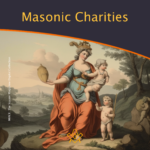 Freemasonry's commitment to charity has always been a priority and remains a core principle, reflecting its mission to promote brotherly love, relief, and truth in the world. Part 1 of the series gives an introduction to the establishment of the main Masonic Charitable endeavours in the 18th and 19th centuries and several key influencers. |
 Solomon Learning and Development Platform The Intersection of Freemasonry and Technology: Embracing the Digital Age with the New |
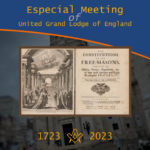 Especial Meeting of United Grand Lodge of England The year 2023 marks the tercentenary of the publication in London of the Constitutions of the Freemasons, based on Enlightenment principles that provide the philosophical foundations of modern Freemasonry. Why are the 1723 Constitutions important? Many Masonic histories have been concerned with ‘when’ and ‘what’. We also explore ‘why?’ |
 Like every other incident of initiation it is in the light of the larger meanings of Freemasonry that we must interpret the Rite of Destitution. But what does it mean? |
 Society of Grand Lodges in Alliance (SOGLIA) is a confederation of Grand Freemason Obediences in which all members obey the principles of Regularity. Assembled annually, in different places of the world, in order to share fellowship and to promote Masonic tradition, SOGLIA members are respecting the autonomy of each Grand Lodge. |
 Confederation of the Grand Lodges of Europe and the Mediterranean - Universal Freemasonry and its intellectual property are less and less taken into account in the current times of constant movement and unclear future prospects. |
 The Book of Law in Brazilian Freemasonry We are informed that, Freemasonry it is not a religion, but the candidate has a belief in a creative principle, which later, we call the Great Architect of the Universe. - by Fernando Rodrigues de Souza |
 Mike's Masonic Walks And Talks WBro. Mike Neville is a Masonic author and lecturer. He offers walks and talks primarily around London, based on his vast knowledge of the area and his specialist subjects, which cover all aspects of Masonic history. |
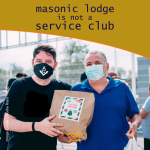 A Masonic lodge is not a service club An address delivered to the 10th Annual Conference of Western Canadian Grand Lodges (1950) in response to the question, "Should Our Western Grand Lodges Sponsor a Specific Program?" By |
 The Order of Bees was established as a youth initiative for the boys and girls of Prince Hall Freemasons, and symbolises the relationship existing between the activities of the youth and the family of bees. |
 The Confederación Masónica Interamericana (CMI) was founded in 1947, is a non-profit organization that groups together 92 Great Masonic Powers, admitted as members and distributed in 26 countries in South, Central, North, Caribbean and Europe. |
 This smartphone app is designed to work with all Freemasons from both Regular and Independent Grand Lodges around the world. |
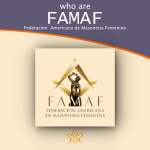 The American Federation of Feminine Freemasonry (FAMAF) is an organization that brings together Grand Lodges, Grand Orients and Confederations of Feminine Masonic Grand Lodges from the American continent. |
 The third largest Masonic Alliance of independent grand lodges, which currently has over 500,000 members in the world and an incredible resource of "good people with a good reputation" from around the world. |
 A Guiding Paw - my faithful 'brethren' A heart-warming story of one Mason's best friends – and how Gary's faithful guide dogs have helped fulfil both his Masonic life but also his valuable work in public service. |
 A visit to the Mother Lodge of Scotland Let me take you to the heart of Scotland to meet our Brethren of the Mother Lodge of Scotland, a journey into one of Freemasonry's deepest roots. Our guide Carlos Oliveira Santos who is from |
 An introduction to VEREINIGTE GROSSLOGEN von Deutschland / UNITED GRAND LODGES of Germany |
 International Masonic Union CATENA An international association of Grand Lodges and independent Lodges, with all true Masonic traditions, which adhere to the basic principles of the equal standing of men and women in Freemasonry |
 Social Impact of Prince Hall Freemasonry in D.C., 1825-1900. Alonza Tehuti Evans discusses Prince Hall Freemasonry, founded by African Americans. |
 Who are the Widows Sons, and what do they do, and how can you join ? |
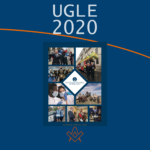 For the first time in its 300 year history UGLE has published an Annual Review |
 Founded in 1919 and named after the Grand Master of the Knights Templar, this International Order has helped young boys become great men. |
 9th International Conference of Freemasonry Hidden Meanings: Esotericism and Masonic Connections |
 An introduction to CLIPSAS and we look at who are they and what do they do |
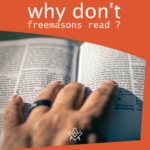 The title of this article will seem somewhat of an oxymoron, because at this precise moment you, most likely a Freemason, is reading this |
 Music can make you either remember everything or forget everything! They even call it the 'rhythm' of life because life does have a beat, a rhythm, a song! Music is equally important for Freemasons. |
 Young Masons' Inter-Club Virtual Social An initiative was created to initially keep Brethren engaged in their Masonry whilst the restrictions of the COVID-19 pandemic are in place. |
 I've heard people say that we don't have heroes |
 What can we learn from Steve Jobs' address given at Stanford in 2005 |
 Open Lectures on Freemasonry as a series of monthly online lectures that aims to increase the visibility and accessibility of research into Freemasonry. The lectures are open to anyone who is interested. |
 What Kind of Library Do You Have? Many Brothers have no clue as to what kind of "Craft" library they actually have in their home or office. Most of these Brothers don’t care that they don't know – so, what kind of library do you have? |
 Russian Freemasonry a combination of a short sketch of its history and a review of the present-day Masonic landscape in this country |
 A brief outline showing the differences and similarities within Freemasonry |
masonic knowledge
to be a better citizen of the world
share the square with two brothers

click image to open email app on mobile device



